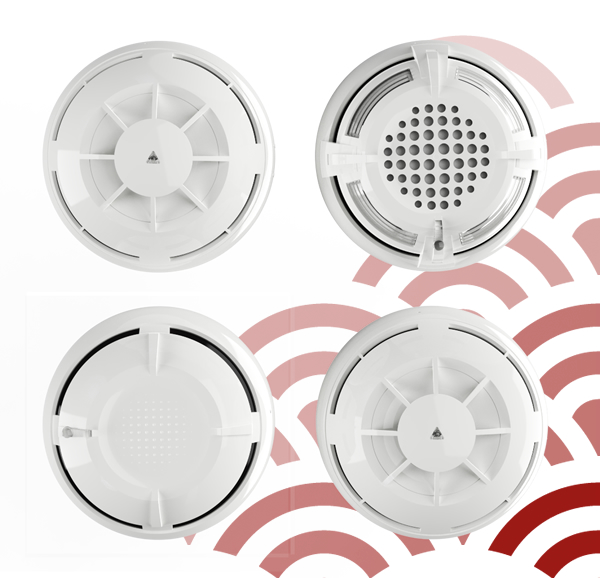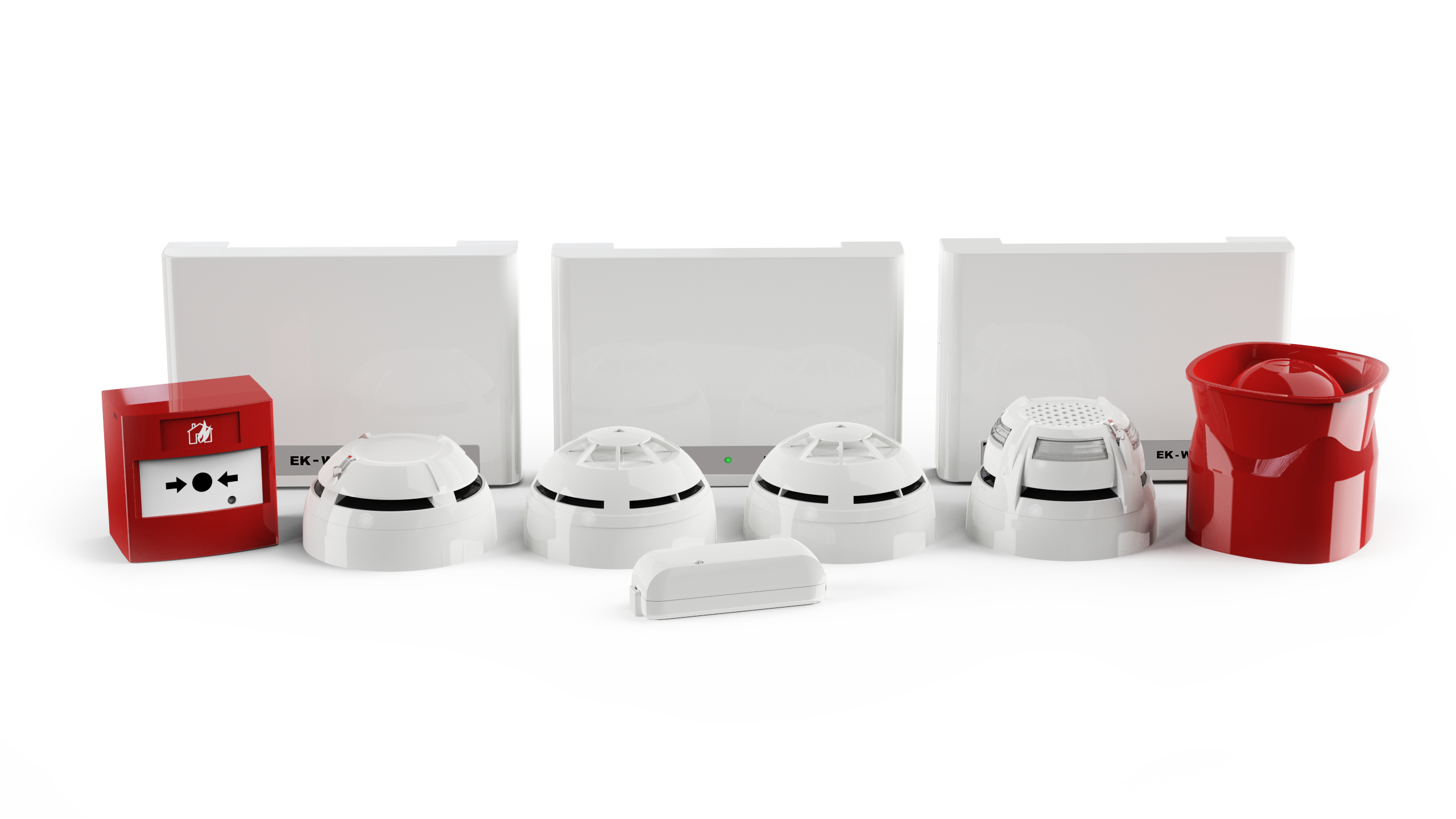One of the largest transport hubs in Europe, St Pancras International now has 13 platforms, six of which are around one kilometre long and serve the international Eurostar services. The station also incorporates 47 retail outlets and designer boutiques, plus stylish Eurostar arrivals and departure lounges, and a further ten shops on the station platform level. It also boasts a daily farmers' market and, at 90 metres, the longest champagne bar in Europe. However, thanks to careful attention to detail and a sensitive understanding of the architectural importance of the National Heritage building, St Pancras International remains one of the greatest Victorian buildings in London.
Recently named one of the UK's most used stations with around 50 million people visiting the station each year for travel and retail experiences, safety of staff and passengers is of the highest importance.
Following a site safety upgrade, the Eurostar terminus at St Pancras International in London bristles with the latest high-performance fire detection and alarm technology, including no fewer than 5,000 Hochiki ESP – Enhanced System Protocol – analogue addressable devices, installed throughout the site. A variety of Hochiki devices were selected, each chosen for its proven ability to combat fire risks in the huge multi-activity station. They included optical smoke sensors for back office and main passenger concourse areas; multi-sensors for more challenging environments such as plant rooms and workshops; heat detectors in kitchens and toilets; audio visual devices and base sounder beacons.





